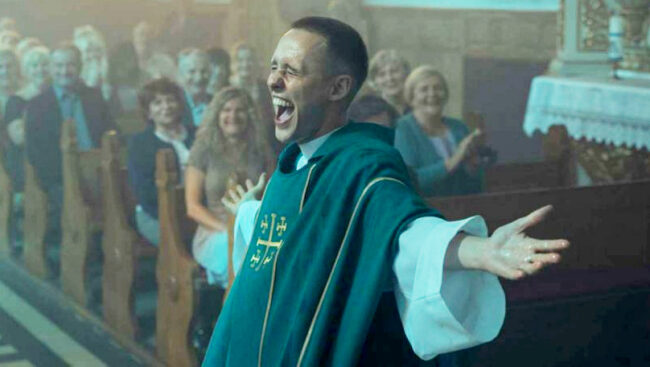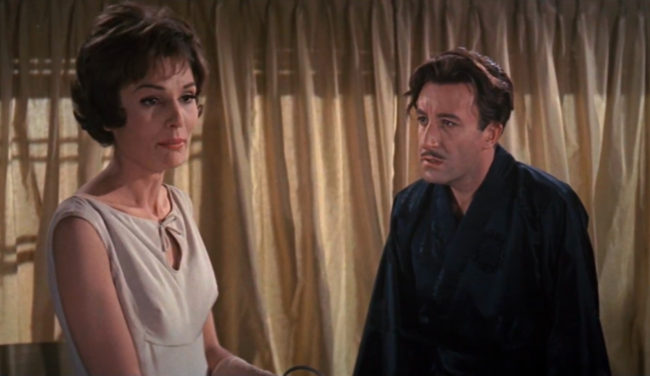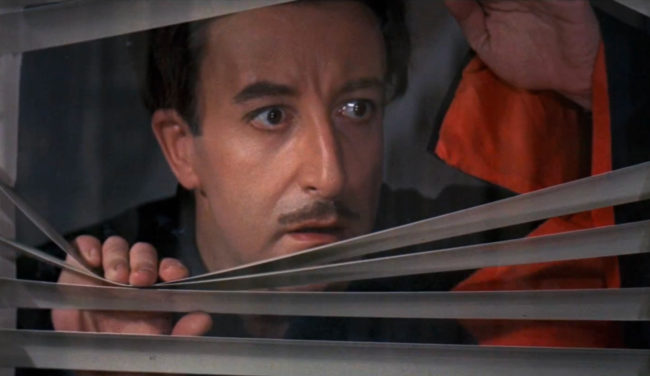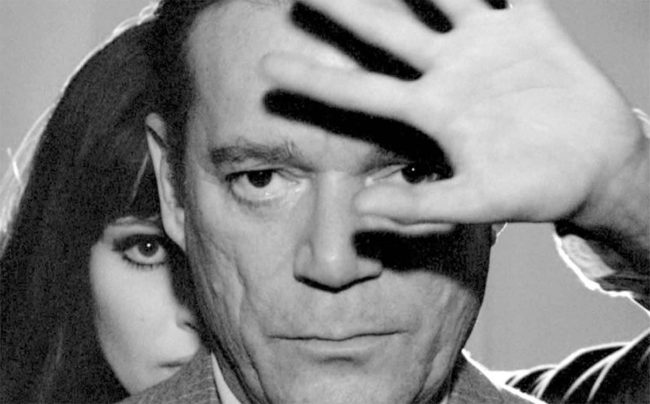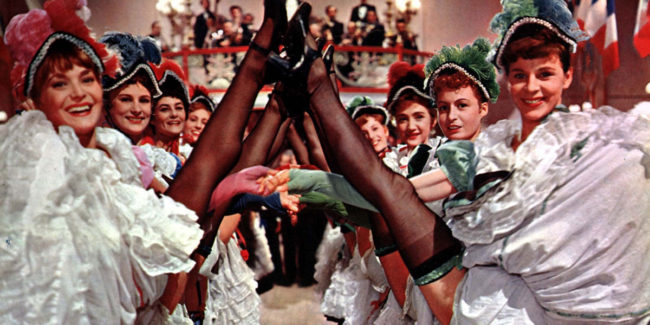Now is the time to enjoy fantastic films from around the world. All five of the Oscar-nominated documentary features — THE EDGE OF DEMOCRACY, THE CAVE, FOR SAMA, AMERICAN FACTORY and HONEYLAND are in theaters now, before the awards show on February 9. Four of the five Oscar nominees for Best International Feature — LES MISÉRABLES, PAIN AND GLORY, PARASITE and HONEYLAND (deservedly, it’s nominated twice!) are now in theaters.
We hope to open the Polish drama CORPUS CHRISTI, the fifth foreign film nominee and the dark horse in the race, on March 6 at the Monica Film Center, Playhouse and Town Center.
The film is about 20-year-old Daniel, who is released and sent to a remote village to work as a manual laborer after spending years in a Warsaw prison for a violent crime. The job is designed to keep him busy, but Daniel has a higher calling. While imprisoned he became deeply religious and now aspires to join the priesthood, but his criminal record makes it impossible. When Daniel arrives in town, one quick lie allows him to be mistaken for the town’s new priest, and he sets about tending to his newfound flock. An international sensation with an electrifying lead performance by a previously unknown actor, CORPUS CHRISTI is the twelfth Polish film to earn an Oscar nomination. Only one of them has taken home the prize, IDA in 2015.

